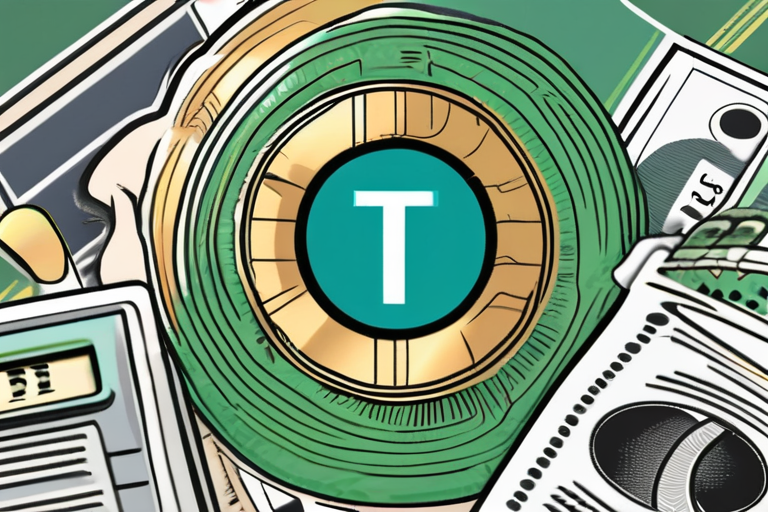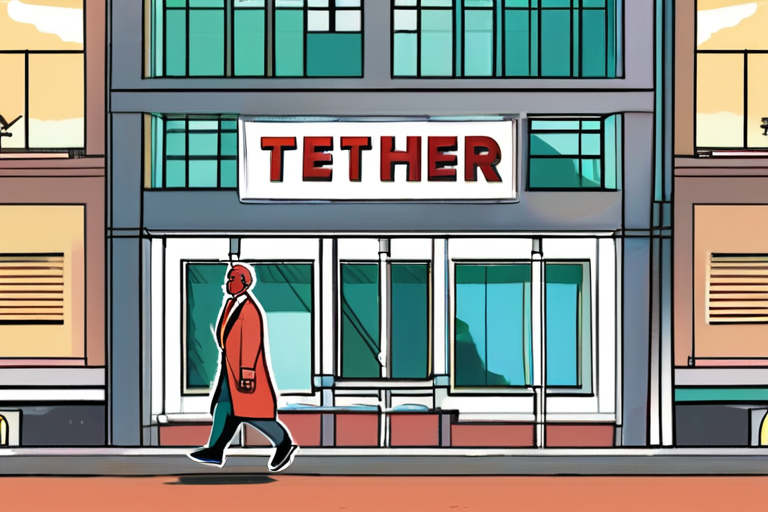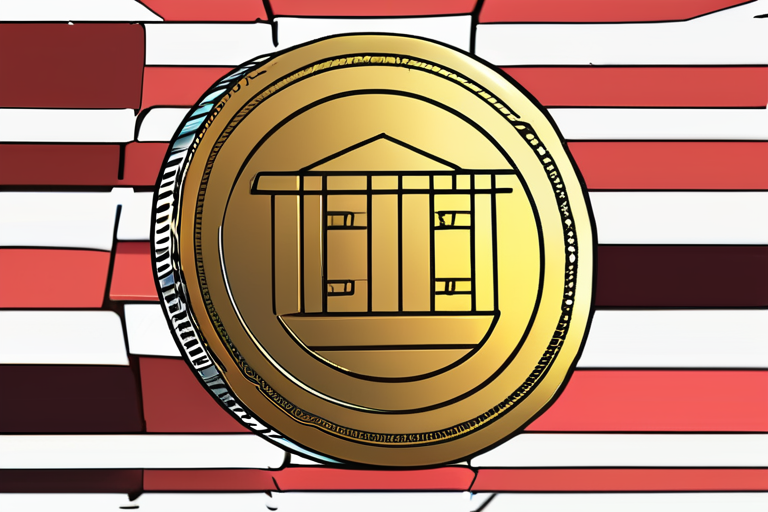Stablecoin Issuers Tether and Circle Accused of "Printing Money" Amid Market Shift


Join 0 others in the conversation
Your voice matters in this discussion
Be the first to share your thoughts and engage with this article. Your perspective matters!
Discover articles from our community

 Hoppi
Hoppi

 Hoppi
Hoppi

 Hoppi
Hoppi

 Hoppi
Hoppi

 Hoppi
Hoppi

 Hoppi
Hoppi

Tether and Circle's Stablecoin Dominance Challenged by Emerging Competition The stablecoin market has been a lucrative space for issuers like …

Hoppi

CZ's Family Office Deepens Stake in Ethena Labs as USDe Stablecoin Supply Tops $13B In a significant move, YZi Labs, …

Hoppi

Stablecoins Gain Mainstream Traction, But Expert Warns of Unseen Challenger The stablecoin market has exploded in recent months, with Tether …

Hoppi

Tether Fundraising Interest Reportedly From Softbank, Ark Invest In a significant development for the cryptocurrency market, Tether, the issuer of …

Hoppi

Tether Seeks $20 Billion Investment from SoftBank and Ark Invest In a move that could cement its position as one …

Hoppi

U.S. CFTC Proposes Stablecoin Inclusion in Tokenized Collateral Initiative The Commodity Futures Trading Commission (CFTC), the primary derivatives regulator in …

Hoppi